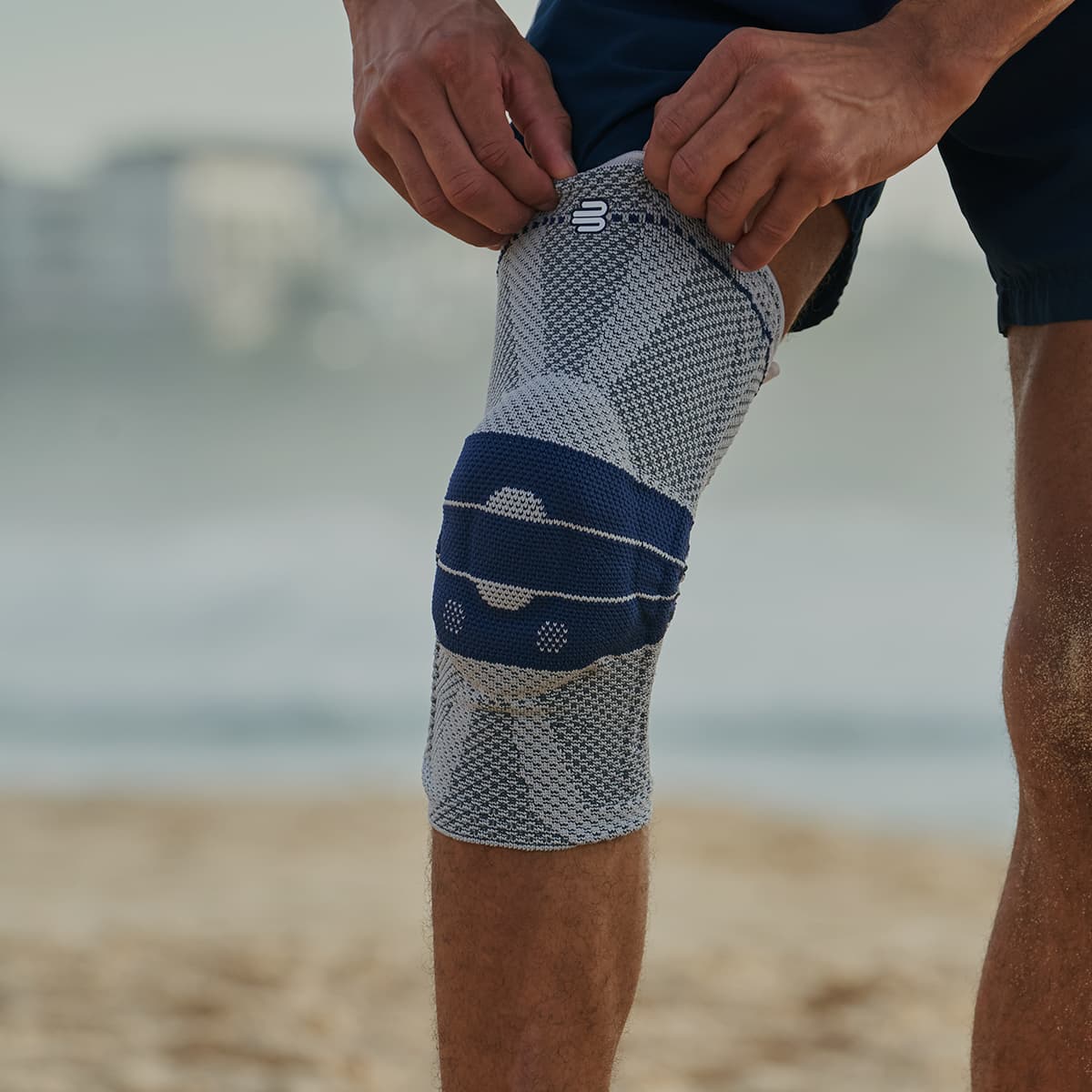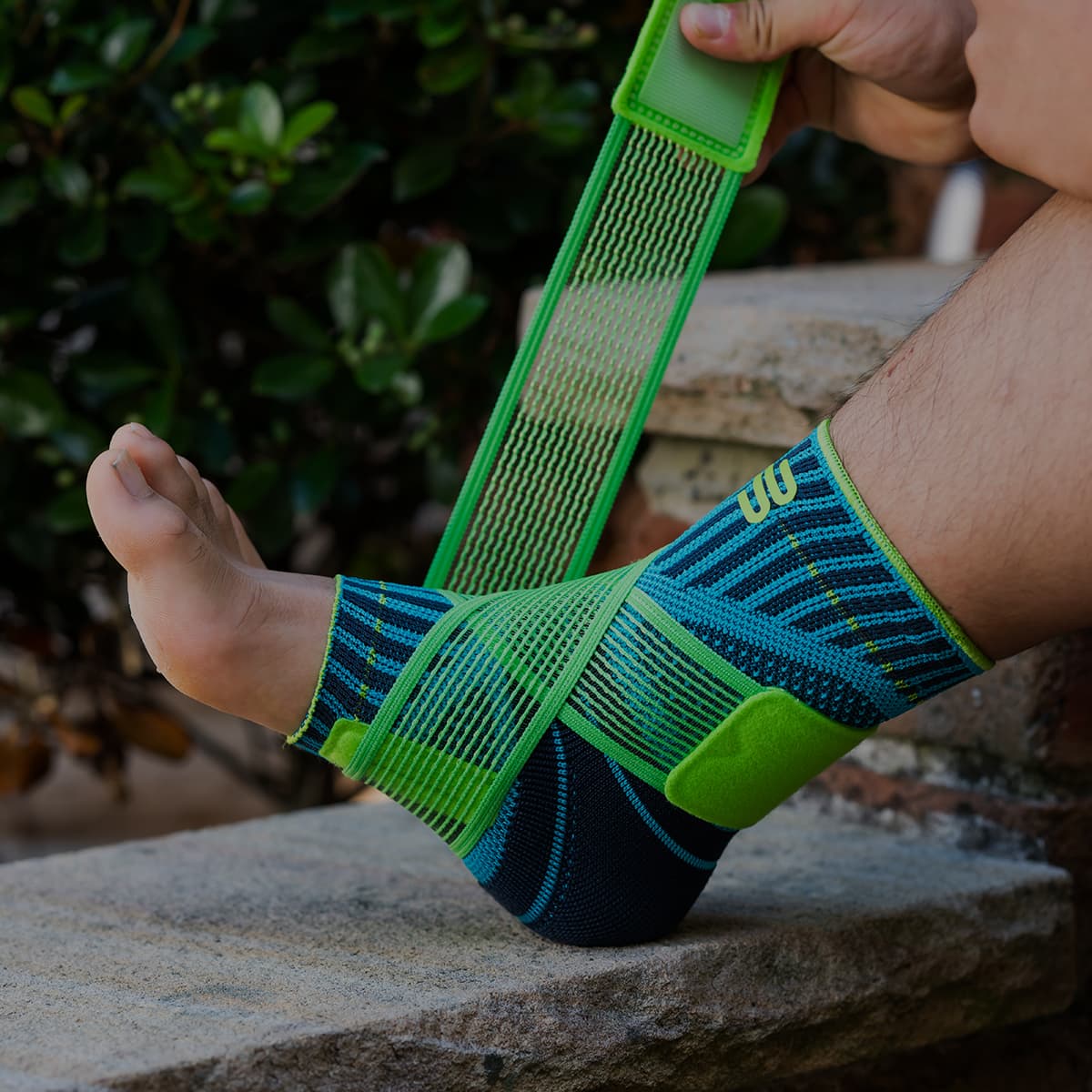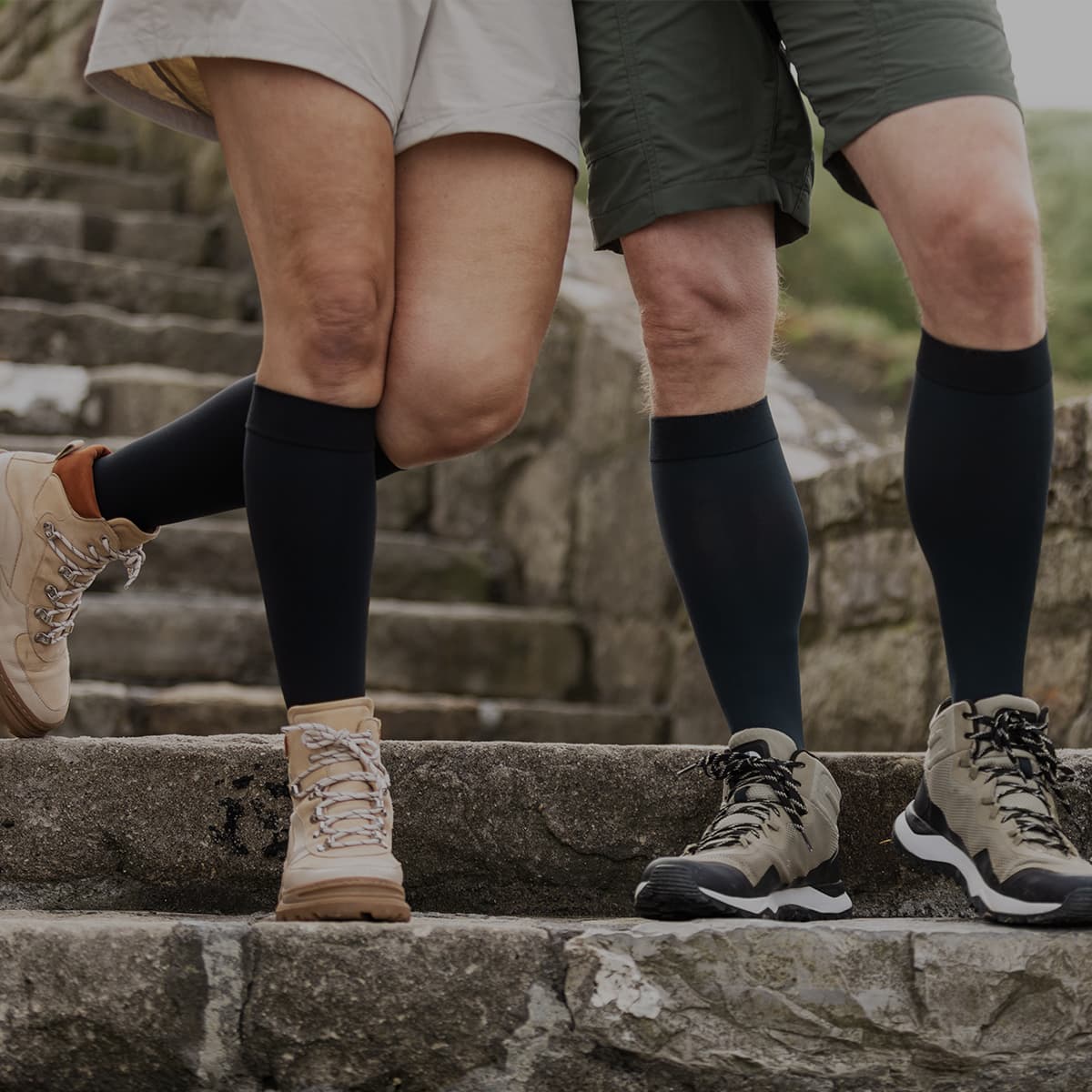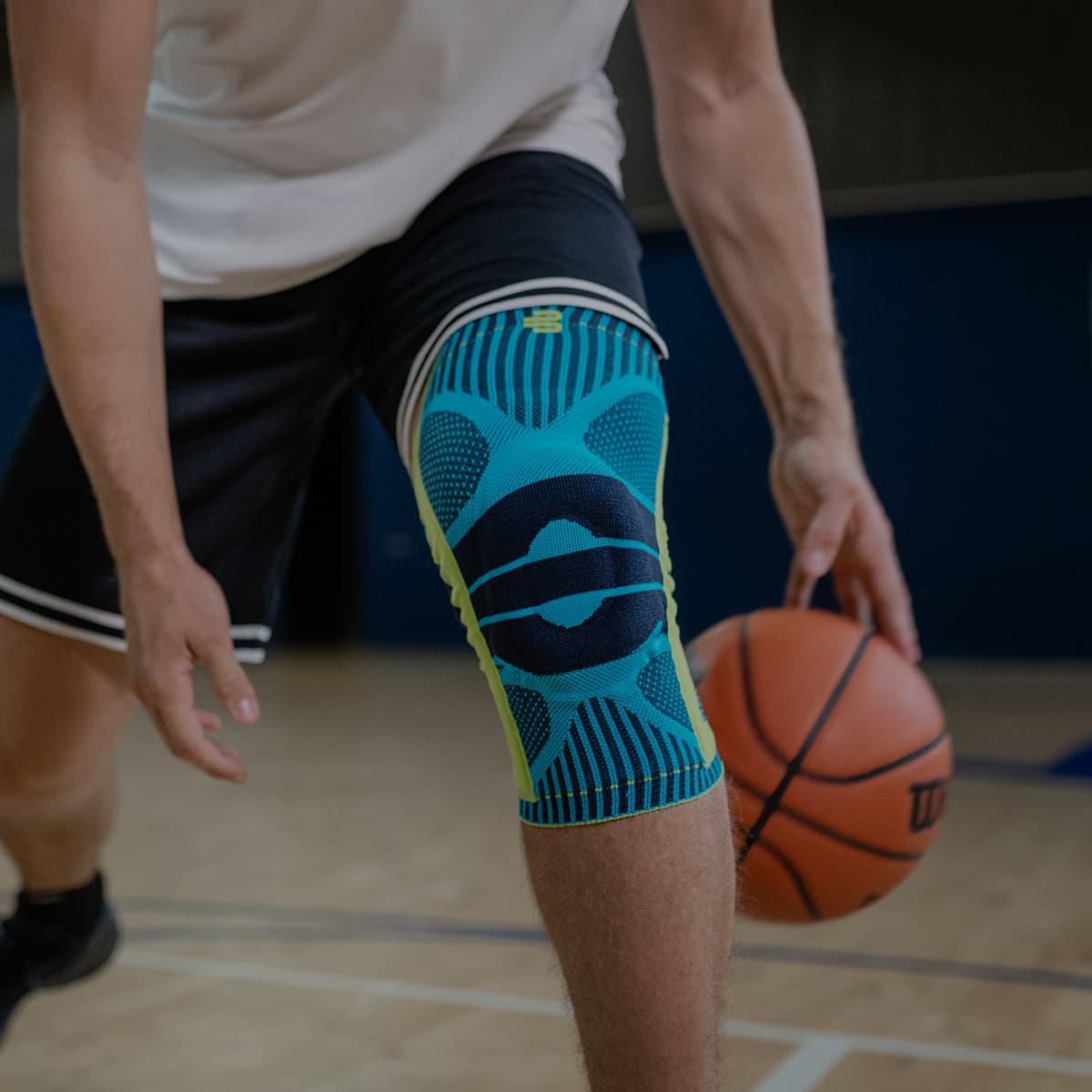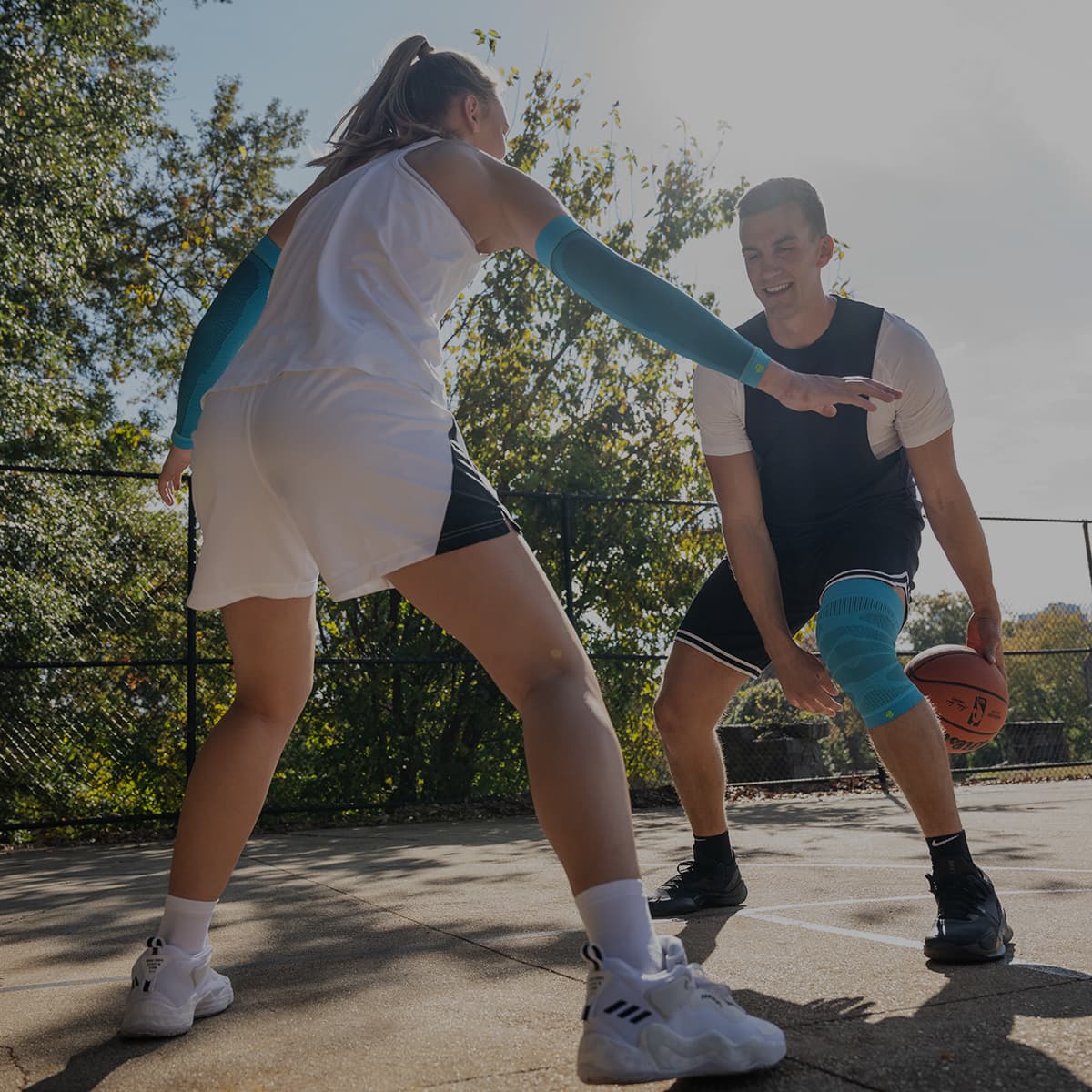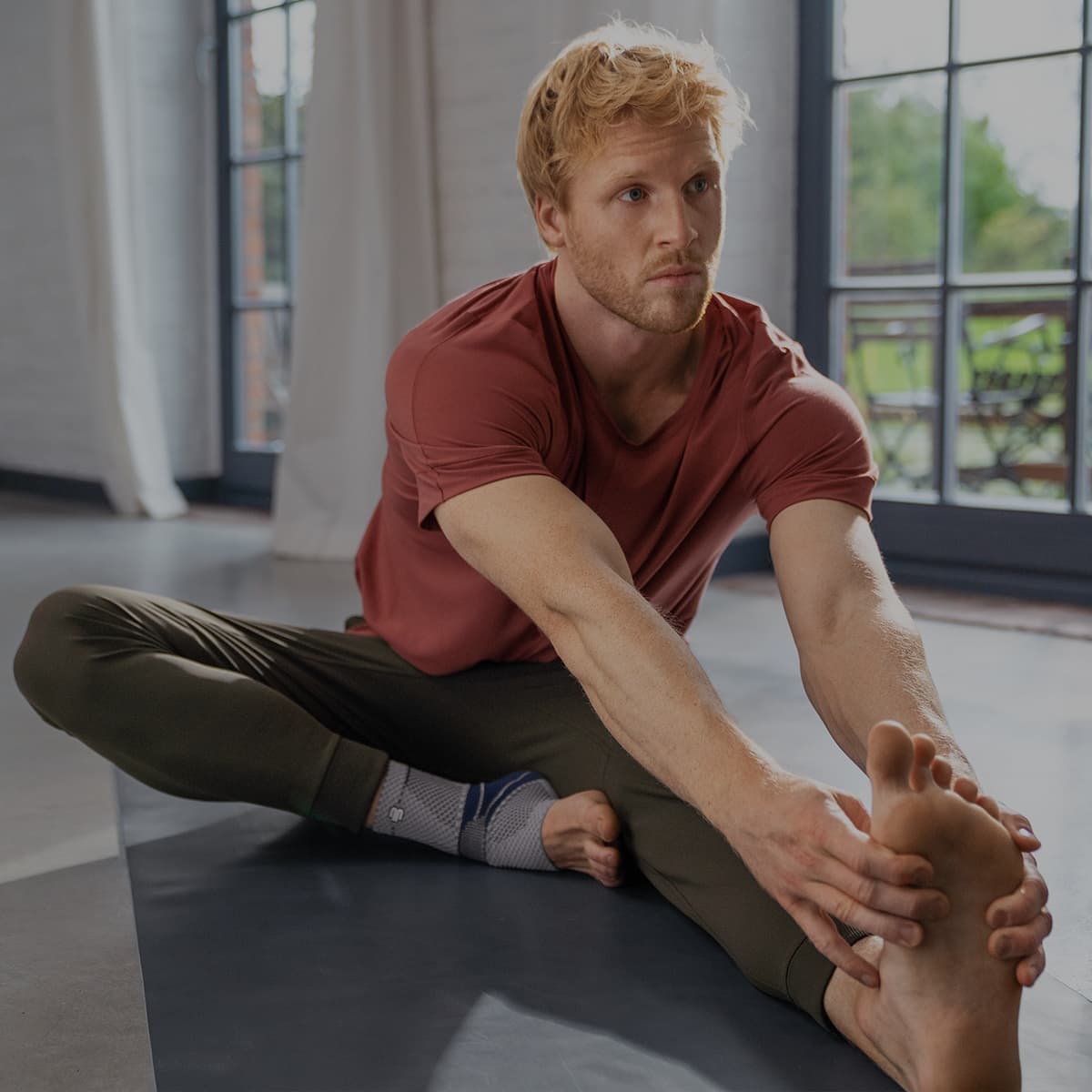The wrist joint allows for movement in your fingers, thumb and hand. It is essential for virtually every movement your hand makes, from a simple wave goodbye to a complicated saxophone solo. Here are some tips for how to treat wrist and hand pain, as well as managing and reducing the severity and longevity of your injury.
Understanding the wrist joint
This wrist is made up of 27 bones and a complex array of tendons, ligaments and muscles. Therefore, injury can be common. It can perform a wide range of functions and is crucial for daily life whether at work or play.
If you are experiencing pain in your thumb, try this article: Pain in the Thumb Joint
With all the activities your wrist is involved in, the risk of injury is also increased. Taking proper care of your wrist, thumb and fingers can help prevent injury. Or, if you have already injured this area, sufficient support will allow the wrist to properly heal and further injury from occurring.
Common wrist and hand injuries
There are a wide range of injuries that can affect the wrist, including sprains, tears, fractures and dislocations. As well as particular conditions such as skiers thumb, carpal tunnel syndrome, de quervain’s syndrome or osteoarthritis.
The recovery for such injuries can range between 1-2 days to 1-2 months, and following the right steps will ensure this process goes quickly and comfortably.
Exercise and physiotherapy to reduce pain
Keeping the muscles and tendons in your hand strong and flexible will speed up the recovery process and protect your wrist from further strain or damage.
To keep the joint in this state, there are a few exercises you can do, including wrist curls, grip strengthening, “prayer” stretches and range of motion stretches.
In the instance that you’ve injured yourself then it’s best to see a physiotherapist to find the best exercises for that injury.

How to treat wrist and hand pain
Due to the complex nature of the wrist and hand joints, in the case of injury, bracing the affected area is a highly effective method for managing and treating the problem. This is especially true of RSI conditions like carpal tunnel syndrome and de quervain’s syndrome.
For mild inflammation and minor injuries, a compression sleeve with gel support is usually the best way to treat it. The ManuTrain wrist support features two contoured gel massage pads. These gel pads help to relieve strain and pressure off the nerves and blood vessels in the wrist.
In more persistent cases where tendonitis is occurring or there’s constant pain, a rigid brace, such as the ManuLoc, will immobilise the wrist and allow the tendons and nerves to recover, while still allowing you to go about your normal daily life.
Wearing a wrist strap during sports like tennis, squash, gymnastics or weightlifting is a great way to prevent injury from occurring, and is highly recommended to keep active and protect the wrist.
What to do if you injure your wrist or hand
In the instance that you do hurt your wrist or hand, even if it is just mild, it’s crucial to treat the issue straight away. The first step should be to follow the R.I.C.E. method below:
- Rest: Avoid doing anything that may overstress your knees
- Ice: Icing your knees can help reduce inflammation and, therefore, swelling
- Compress: Compression, in the same way as ice, can help reduce inflammation and swelling; a knee brace is an excellent option as it not only provides support but also applies pressure to your knee
- Elevate: Raising the injured leg whenever possible (e.g. when you’re asleep) helps reduce swelling
This will give you the best shot at a quick recovery and should manage the swelling and inflammation whilst minimising pain and easing pressure on the joint.
For assistance selecting the right product for your needs, book a video consultation with a Bauerfeind expert: Book Video Call, or call us on 1300 668 466.
Do you have private health? Most private health extras will cover Bauerfeind Products, check to see if yours is included. Bauerfeind Private Health Insurance Inquiry.
Bauerfeind products are developed at our innovation and manufacturing facility in Zeulenroda, Germany. Based on years of scientific research, our award-winning braces and support garments are highly recommended by medical professionals and athletes worldwide.

